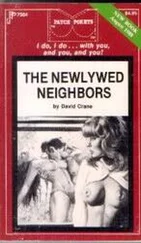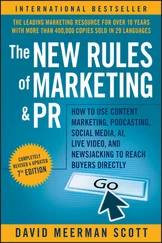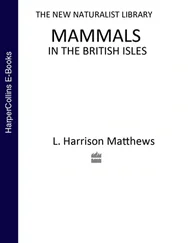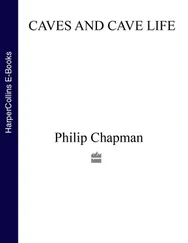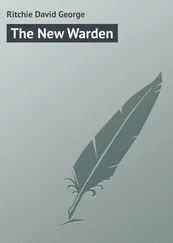Back in Northern Ireland the BNFC served as a valuable nursery for young naturalists who were given their first organised encounters with nature and had opportunities for brushing their minds against their more learned and experienced elders. Praeger’s father enrolled the young Robert aged 11 as a member. Praeger recounts that he formed many friendships with the older members who ‘one by one crept silently into the grave’. Praeger acquired, along with many others, a knowledge of field-lore – botanical, zoological and geological – which stood him in good stead throughout his life. To Praeger the Field Club was a ‘second university in which I formed friendships which, despite disparity of age, remained warm and intimate’. Some Field Club excursions into the countryside aroused wry comments from locals. On one such occasion Praeger was leader of the group and overheard two locals: ‘Where d’you think they’ve come from?’ asked one. ‘O’ch, they’re from the asylum’, came the answer from the other, and pointing his finger at Praeger ‘That one there is the keeper.’
Natural history in the twentieth century
Robert Lloyd Praeger (1865–1953) was one of the indomitable class of naturalists who were robust in physique and driven by continuous energy. Together with John Templeton and William Thompson, Praeger was probably the most significant naturalist to have come out of the Province of Ulster. Praeger was born near Belfast. His father was from the Hague, Holland, and his mother was Maria, daughter of Robert Patterson F.R.S. (1863–1931), of three generations of Belfast naturalists and from whom Praeger claims to have inherited ‘a taste for natural science’. 94His masterpiece was Irish Topographical Botany, published in 1901 as Volume VII of the Proceedings of the Royal Irish Academy. 71A peak in Irish botanical research, it represents five years of intensive field work and the collation of thousands of records arranged systematically with notes on their distribution throughout the 40 botanical divisions of Ireland. The book was effectively the equivalent of 40 ‘county’ floras! Praeger updated it by publishing a series of three special supplements that included new discoveries for the periods 1900–1905, 1906–28 and 1929–34, also in the Proceedings of the Royal Irish Academy . 95,96,97A monument of knowledge, Irish Topographical Botany provides a feast of information for the specialist, but it is not a book that accommodates the general reader. Praeger corrected this with A Tourist’s Flora of the West of Ireland (1909) 98covering 11 of the western botanical ‘Divisions’ and later by The Botanist in Ireland (1934) 99which embraced the whole country. The charm of these two popular books rests on Praeger’s succinct and concise style when dealing with the topographical, geological and botanical features of the best-known sites. In his preface to The Botanist in Ireland he writes: ‘All that I have to say at the conclusion of fifty years’ field-work in Ireland, during which I have explored the flora of every country, of every important mountain-range, lake, river and island, is embodied in condensed form in the present work.’ Neither A Tourist’s Flora nor The Botanist in Ireland are obsolete today. They contain fine photographs of the countryside and close-ups by Robert Welch (1859–1936), a Belfast-based professional photographer and a naturalist in his own right.
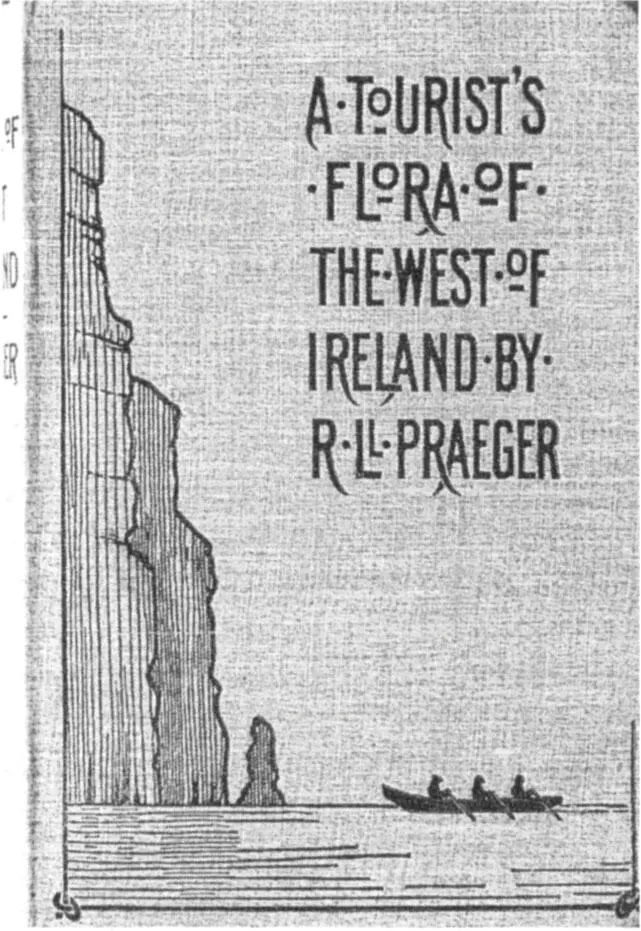
Although published some 89 years ago, Praeger’s A Tourist’s Flora remains a practicable guide.
Robert Lloyd Praeger (1865–1953), the doyen of Irish botany.
Praeger was extremely prolific, producing a vast body of scientific papers as well as three other books, for educational use, which were illustrated by his sister Rosamond (1867–1954): Open-Air Studies in Botany: Sketches of British Wildflowers in Their Homes (1897), Weeds: Simple Lessons for Children (1913) and Aspects of Plant Life with Special Reference to the British Flora (1921). 100,101,102His readiness to synthesise scientific information in order to make it more accessible to ordinary people was a direct consequence of his involvement with the Belfast Naturalists’ Field Club, whose purpose was to enlighten and educate.
Two other lesser known Irish natural history texts that combine similar concerns deal with the etymology of Plant Names (1923) 103by Thomas Somerville Lindsay (1854–1933), who was also Archdeacon of Dublin, and A Student’s Illustrated Irish Flora Being a Guide to the Indigenous Seed-plants of Ireland (1931) 104by John Adams (1872–1950). Adams also published several papers on algae, lichen and fungi. He left Ireland and became Dominion Botanist in Canada.
Following encouragement from Alexander Goodman More, Nathaniel Colgan (1851–1919) put together and published Flora of the County Dublin 41in 1904 – a botanical study considered by Praeger to be a model in its painstaking accuracy and careful detail. Much later on in the century the Dublin Naturalists’ Field Club prepared a supplement to it which came out under the aegis of the National Museum of Ireland in 1961. A new edition was prepared by the DNFC for publication in 1998. Provisions in More’s will made Colgan and Reginald W. Scully editors of the second edition of Cybele Hibernica, an enormous task which they completed within three years. Scully (1858–1935), a man of retiring disposition, not unlike Colgan, was also indebted to More for providing him with inspiration. His own endeavours came to fruition in The Flora of County Kerry (1916) 105, an additional county flora noted for its fullness and accuracy. Scully passed the torch on to James Ponsonbv Brunker (1885–1970) who admitted that Flora of the County Wicklow (1950) 106was initiated by his ‘blundering’ upon some clovers growing near Wicklow town which he took to Scully for identification. Thereafter Scully ‘schooled’ him in field craft.
Cynthia Longfield (1896–1991) was a gifted entomologist whose landed family were from Cloyne, Co. Cork. She was a member of the St George Scientific Expedition to the Pacific in 1924 and undertook many other expeditions at a time when it was considered not quite correct for young women to be going off by themselves. She was a world authority on the Odonata — the damselflies and dragonflies. Her Dragonflies of the British Isles (1937) 107was the standard text for many years and she collaborated with Philip Corbet and Norman Moore to produce the New Naturalist volume on Dragonflies (1960). 108
James Parsons Burkitt (1870–1959) made a major and generally unappreciated contribution to the science of ornithology. 109Working by himself in the 1920s he unravelled some previously misinterpreted behaviour of the robin as well as contributing new insights into the population dynamics of birds. He was the County Surveyor for Fermanagh between 1900 and 1940 but in his spare time, working alone in his back garden, he trapped robins and by marking them individually with metal bands of different shapes – colour rings were precluded as he was colour-blind – he followed the fortunes of each bird. Burkitt was probably the first to use this technique; he also introduced age identification through ring recovery, something which then became standard practice and an important aspect of ornithological field work.
Cecil Robert Vesey Stoney (1878–1952), ornithologist and Donegal squire, was one of the finest field ornithologists Ireland has ever produced. His greatest discovery in 1930, together with G.R. Humphreys, was the large breeding colony of black-necked grebes at Lough Funshinagh, Co. Roscommon. Stoney was known for his delightful sense of humour, puckish wit, buoyant enthusiasm and the gift of teaching and inspiring others. C.J. Carroll (fl. 1920), another squire from Co. Tipperary, shared Stoney’s enthusiasm for egg-collecting. Apart from contributing much information on the distribution of the peregrine falcon in Ireland, Carroll built up perhaps the best private collection of birds displaying albinism and melanism.
Читать дальше



